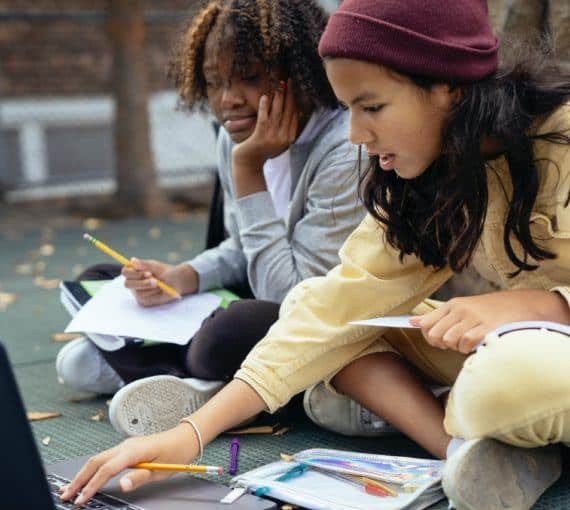
When the climate crisis seems overwhelming, and reconciliation seems difficult and distant, healing forests give immediacy and agency. (Photo: Juliane Liebermann via Unsplash)
If someone tells you to take a hike, thank them. And maybe ask them to join you.
Walking in nature is not only a service to your health; it can also be a deliberate act of reconciliation between Indigenous and non-Indigenous people.
Forest bathing, the act of immersing your senses in nature, was popularized in Japan in the 1980s. Known as shinrin-yoku, it’s a form of eco-therapy rooted in knowledge many cultures have long embraced: spending time in nature is good for you.
Science backs it up. A 2019 study of the mental and physical effects of forest bathing on working-age people found “significant positive effects on mental health, especially in those with depressive tendencies.” Another study found forest bathing significantly enhanced “people’s emotional state, attitude, and feelings towards things, physical and psychological recovery, and adaptive behaviors; and obvious alleviation of anxiety and depression.”
Nature heals — in more ways than one.
Nature heals — in more ways than one.
In the wake of the Truth and Reconciliation Commission’s final report in 2015, Saulteaux Cree non-practising lawyer Patricia Stirbys and geologist and international development consultant Peter Croal founded the National Healing Forests Initiative. Combining reconciliation and healing into one immersive experience, they hoped their labour of love would result in a network of healing forests throughout our shared lands.
Today, there are 10 healing forests in Canada. From Gibsons, B.C., to Fitch Bay, Quebec, to Cape Breton, Nova Scotia, individuals and communities have set up dedicated green spaces big and small to honour the first inhabitants of that land and their descendants, recognize the children who attended residential institutions, provide education about Canada’s tragic past and offer people a chance to begin their own journey toward reconciliation and healing.
What a healing forest should look like isn’t prescribed. All that’s asked is that it be a quiet green space dedicated to the spirit of reconciliation. They’re intended as places for Indigenous and non-Indigenous peoples to gather, meditate, heal and participate in ceremony. The hope is to bring awareness and understanding of Canada’s history and legacy of the residential school system and to help people connect with nature and each other.
The hope is to bring awareness and understanding of Canada’s history and legacy of the residential school system and to help people connect with nature and each other.
Each healing forest is different. One is on the grounds of a church. Another is along a public trail. But they all bring people together to connect, share and maybe get inspired to create their own healing forests.
Students at Riverside School in Albert Bridge, Nova Scotia, developed a two-kilometre interactive trail through the woodland next to the school, called the “Knowledge Path.” It includes a healing forest. Students have invited Indigenous elders to share their stories at its centre, where benches encircle a concrete medicine wheel. Along the path, decorated with student-built birdhouses and flower gardens, signs with QR codes allow visitors to learn about the plants in English and Mi’kmaw.
In Edmonton’s River Valley, Reconciliation in Solidarity Edmonton hung 1,000 paper hearts from trees along the trail. More than 300 people came together to design the hearts, marking each with a message of reconciliation and insight into Canada’s history. Visitors could take a journey through time and the forest. After accidently removing all the hearts, the city apologized and allocated $55,000 for a permanent healing forest.
The David Suzuki Foundation is partnering with the National Healing Forests Initiative this year, providing seed grants to people and groups to help establish healing forests in 10 communities. You can learn more at a webinar on May 1.
The David Suzuki Foundation is partnering with the National Healing Forests Initiative this year, providing seed grants to people and groups to help establish healing forests in 10 communities.
When the climate crisis seems overwhelming, and reconciliation seems difficult and distant, healing forests give immediacy and agency. They offer tangible actions everyone can take to promote health, healing and community. With quarantines and lockdowns affecting people worldwide, this community connection is priceless.
You don’t need to be a scientist to know the healing power of nature. Nevertheless, scientists agree: this is a critical time for humankind to get outdoors and rekindle our love and respect for the planet. It’s also critical for people in Canada to take up the challenge of reconciliation.
Earth is at a tipping point. It’s time to heal ourselves, heal from our history and heal the planet before it’s too late.
So the next time someone tells you to take a hike, take them up on the offer and invite them to come along on a healing journey.



